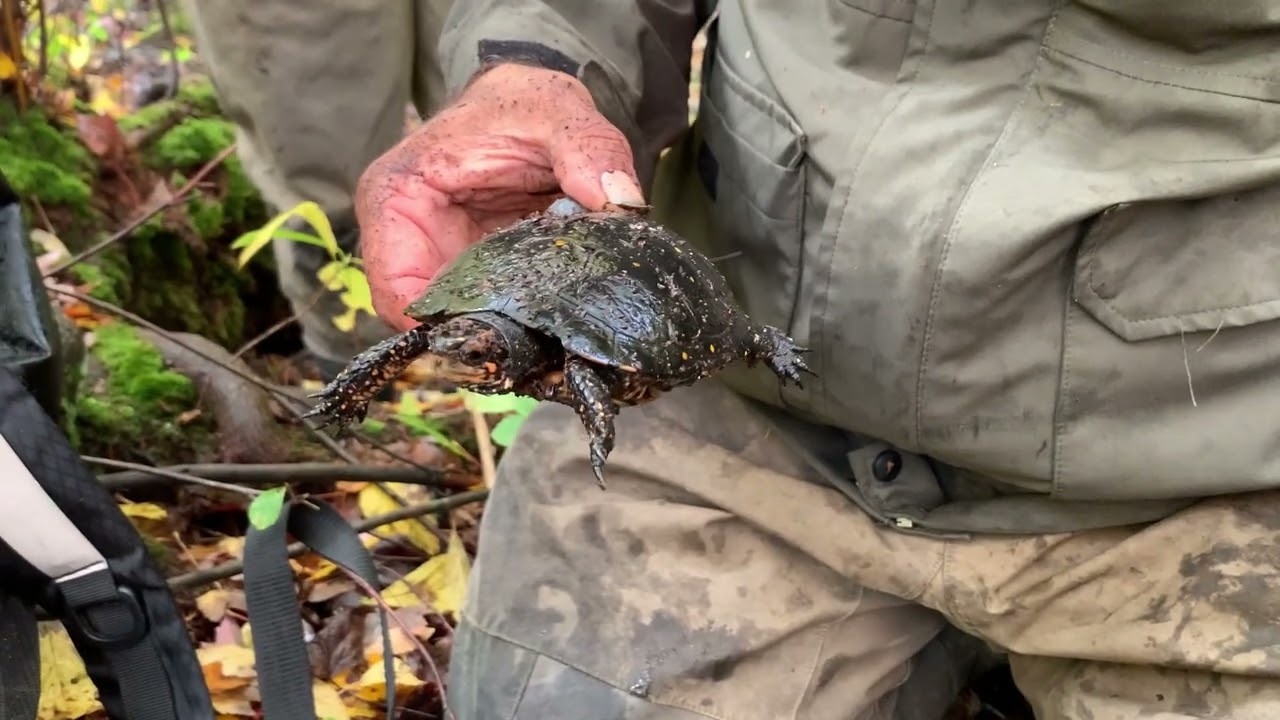– The significance of radiotracking technology in studying spotted turtles.
– Challenges faced in the conservation of spotted turtles in Stony Brooke Reservation.
– The role of community involvement and educational outreach in wildlife conservation efforts.
– Insights into spotted turtles’ behavior and habitat preferences gleaned from radiotracking data.
– Future directions for research and conservation strategies for spotted turtles.
Radiotracking technology has become an indispensable tool for ecologists and conservationists studying various wildlife species’ movements, behaviors, and habitats, including the spotted turtle in the Stony Brooke Reservation. This small, semiaquatic turtle is recognized by its dark shell adorned with yellow or orange spots. Despite its charming appearance, the spotted turtle faces numerous threats that have led to its declining population, making it a species of conservation concern.
One of the primary challenges in conserving spotted turtles involves understanding their spatial ecology and movement patterns. This is where radiotracking comes into play. Researchers can monitor their movements, identify critical habitats, and understand their seasonal behaviors by attaching small radio transmitters to the turtles’ shells. This data is crucial for developing effective conservation strategies that protect the turtles and their habitats from further degradation.
Conservation efforts for the spotted turtle in Stony Brooke Reservation also encounter obstacles such as habitat fragmentation, pollution, and human-induced disturbances. These challenges necessitate a multifaceted approach that combines scientific research, habitat restoration, and regulatory measures to mitigate threats. Radiotracking provides the data to prioritize conservation actions and allocate resources more efficiently.
Moreover, fostering community involvement and educational outreach is essential for the long-term success of wildlife conservation initiatives. By educating the public about the spotted turtle and its conservation status, conservationists can garner support for habitat protection measures and encourage responsible behavior in natural areas. Community volunteers can also participate in monitoring efforts, helping to collect valuable data and furthering conservation goals.
Radiotracking has offered fascinating insights into spotted turtles’ behavior and habitat preferences. For instance, these turtles exhibit strong site fidelity, often returning to the same basking spots or nesting areas annually. Additionally, radiotracking data has helped identify key wetland habitats and migration corridors, guiding habitat protection and restoration projects.
Looking ahead, the future directions for research and conservation strategies for spotted turtles in Stony Brooke Reservation hinge on leveraging radiotracking technology alongside other scientific methods. Continued monitoring will help track population trends, assess the effectiveness of conservation measures, and adapt management strategies in response to new threats. Collaborative efforts that involve researchers, conservation organizations, government agencies, and the community will be critical in ensuring the survival of the spotted turtle for generations to come.
Through radiotracking and comprehensive conservation strategies, there is hope for preserving the spotted turtle in the Stony Brooke Reservation. By blending technology, science, and community engagement, we can work towards a future where this captivating species thrives in its natural habitats, free from the threats that currently jeopardize its existence.
*****
Source Description
We’re working to conserve the last remaining populations of the locally rare spotted turtle in Boston. These small turtles are hanging on in two urban watersheds: at Stony Brook and Fowl Meadow Reservations.
The vernal pools and marshes of the Stony Brook Reservation are home to around 20 adult spotted turtles. ZNE biologists are currently radiotracking turtles to document population demographics and understand their habitat needs. By tracking female turtles, we can also find and protect their nests—and ultimately boost this turtle’s population—by raising hatchlings in captivity until they can be released back to the wild as larger juveniles that are able to fend for themselves. Together with our partners from the Massachusetts Department of Conservation and Recreation, we’re also creating new nesting habitat for the Stony Brook population. Learn more about our work with spotted turtles: https://www.zoonewengland.org/protect/here-in-new-england/spotted-turtle-conservation/
Follow us on social for more conservation stories and inspiration:
https://www.facebook.com/stonezoo
https://www.facebook.com/franklinparkzoo/
https://www.instagram.com/zoonewengland/
Tweets by zoonewengland
@stone_zoo
@franklinparkzoo
https://www.threads.net/@zoonewengland

